Lime is not freely available in nature but is obtained by burning natural materials such as limestone, seashells, kankar, coral, etc.
The main sources of obtaining lime are the stones which possess clay, magnesium carbonate, soluble silica, alkalis and metallic oxides, sulphates, iron compounds and carbonaceous matter.
General Classification of Lime and their Uses:
Lime is classified based on the calcination of limestone, and they are:
Fat Lime
Fat lime is white in colour, which has high calcium oxide content. This lime can set and become hard only in the presence of carbon dioxide.
It is also called high-calcium lime, pure lime, rich lime or white lime. But, it is mostly known as fat lime as it slakes quickly. It contains specific properties such as very slowly hardening, a high degree of plasticity and soluble in water.
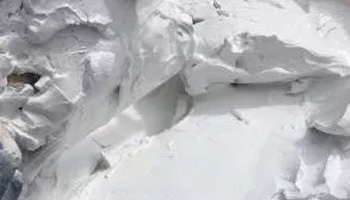
Uses of fat lime:
- It is used in plastered surfaces for whitewashing.
- It is used as lime mortar (a combination of lime and sand) for plastering and pointing works.
- It is used as a Lime Surkhi mortar for foundations, thick masonry walls, etc., where surkhi is the powder obtained by pounding burnt bricks.
Hydraulic Lime
Hydraulic lime is the lime that contains small quantities of silica, alumina and iron oxide, which are collectively in the chemical composition with calcium oxide.
It is also known as water lime because it can set under water and become hard even in the absence of carbon dioxide.
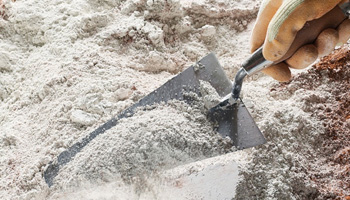
Based on the percentage of the clay, hydraulic lime is available in different forms such as Feebly hydraulic lime, Moderately hydraulic lime and Eminently hydraulic lime. The increase in clay content makes slaking difficult and increases hydraulic properties.
Uses of hydraulic lime:
- It resembles cement as it contains 30% of clay and can be used in major civil engineering works.
- It can set in thick walls where there is no free-flowing of air.
- It forms a thin paste with water.
Poor Lime
This lime is also known as lean lime or impure lime. As it contains more than 30% of clay, which makes lime to slake slowly.
It sets and hardens very slowly compared to other types of limes. It has very poor binding properties and can form a thin paste with water. It is used for inferior types of works because of its inferior quality.
Indian Standard Classification of Lime and their Uses:
As per Bureau of Indian Standards (IS: 712 - 1984), limes are classified into six classes, and they are:
Class A: Eminently Hydraulic Lime
It is available in hydrated form and can be used for structural works like arches, domes, etc.
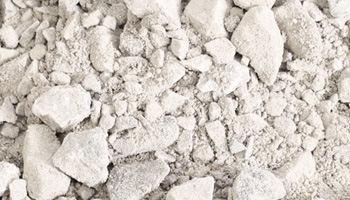
Class B: Semi-hydraulic Lime
It is available as both quick lime and hydrated lime. This mortar is used for masonry works.
Class C: Fat Lime
It is available in quick or hydrated form. It is used for finishing coat in plastering, whitewashing etc. It is used for masonry mortar with the addition of pozzolanic material.
Class D: Magnesium or Dolomite Lime
It is also available in a hydrated or quick form. It can be used for whitewashing and finishing coat for plastering.
Class E: Kankar Lime
It is produced by burning lime nodules which are seen in soils like black cotton soil containing silica in the hydrated form. It is also preferred for masonry works.
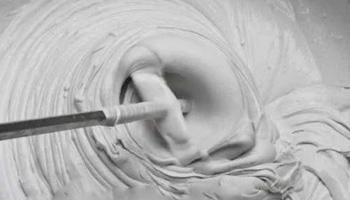
Class F: Siliceous Dolomite Lime
It is usually used as an undercoat and finishing coat of plaster.
Properties of Lime
Lime is one of the oldest binding materials used in several ancient architectural works. A good quality lime should own the following properties:
- It should possess good plasticity.
- It should be flexible and easily workable.
- When used in mortar, it should provide greater strength to the masonry.
- It should solidify in less time and become hard.
- It should comprise of excellent binding properties which adhere to brick or stone masonry units perfectly.
- It possesses high durable properties as it is less shrinkable when used in mortar.
- It should be highly resistant to moisture and can be used for pointing works.
Precautions in Handling Lime
Lime is a health hazard if breathed in and also affects the skin resulting in skin diseases. It can be avoided by coating the skin with oil.
Slaking of lime is an exothermic reaction and generates a large amount of heat. Proper care should be taken by workers by using goggles, respirants, gloves, and boots as protection while working with lime.
Check Out: Types Of Mortars used in Construction
Technically Reviewed by Rajesh Pagadala, MS, Founder & CEO - BuildersMart. Written by Vani paspula, Content Manager.


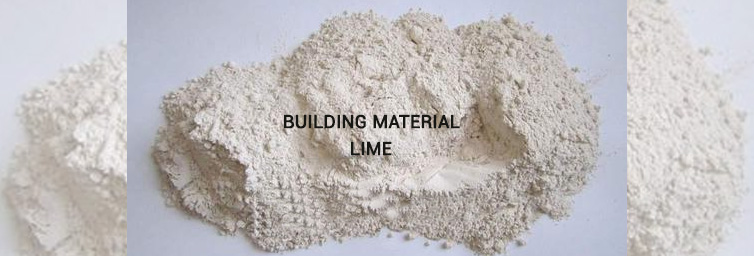















Instructor:TKD
posted on Apr 6, 2020 3:46:57 PMWas so helpful to me to explore more about the material"lime"